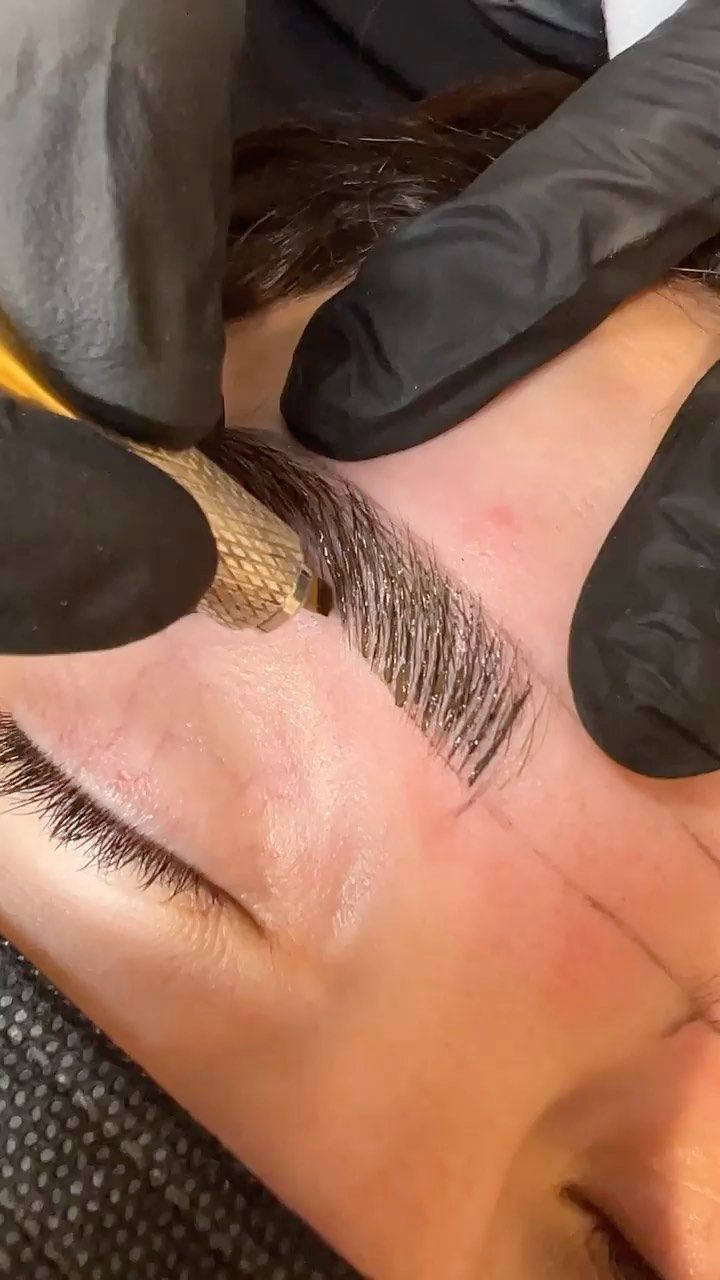Module 1: Introduction to Microblading
History & evolution of microblading in the aesthetics industry
Difference between microblading, nano-blading & machine strokes
Scope & career opportunities in semi-permanent makeup
Client consultation skills: analyzing needs, expectations, and suitability
Module 2: Health, Safety & Hygiene
Sterilization & disinfection protocols
Cross-contamination prevention & safe workspace setup
Skin patch testing & allergy considerations
Contraindications & risk management
Module 3: Skin Anatomy & Color Science
Skin structure & healing process after microblading
Fitzpatrick skin types & undertones
Pigment theory: inorganic vs organic pigments
Factors affecting pigment retention & fading
Module 4: Tools, Products & Equipment
Microblading pen & needle types (U, slant, nano, curved, disposable vs reusable)
Pigment ranges & color matching
Pre-draw mapping tools (calipers, golden ratio compass, stencils)
Numbing products & aftercare solutions
Module 5: Brow Mapping & Design
Golden ratio & symmetry correction
Techniques for measuring brow start, arch, and tail
Designing brows for different face shapes
Practice on latex sheets & mannequins before live models
Module 6: Microblading Strokes & Techniques
Hair stroke theory & flow patterns
Stroke styles:- Half Spine Stroke- Full Spine Stroke
Brow Lift Stroke- Innate Spine Stroke- Phi Stroke
Natural Brow Stroke
Layering strokes for density & realism
Hands-on practice on live models
Module 7: Aftercare & Healing
Immediate post-procedure care instructions
Healing stages & scabbing process
Do’s & Don’ts for clients (sun exposure, makeup use, swimming)
Long-term pigment maintenance & color boosting
Module 8: Business & Client Management
Setting up a professional microblading studio
Pricing strategies & service packages
Photography & portfolio building
Marketing & branding in the beauty industry
Legal considerations, waivers, and insurance

Microblading offers vast career opportunities both nationally and internationally. After completing training, students can work in aesthetic clinics, salons, and beauty studios as certified microblading artists or start their own studio to build a personal brand. This skill is highly in demand for freelance and home-based services, making it a flexible and profitable career. Internationally, microblading professionals are sought after in the UK, Middle East, Europe, USA, and Canada, where semi-permanent makeup is a premium service. With experience, graduates can also conduct workshops and training programs, expanding their expertise into teaching. This certification not only ensures professional credibility but also opens doors to financial independence and global recognition.






